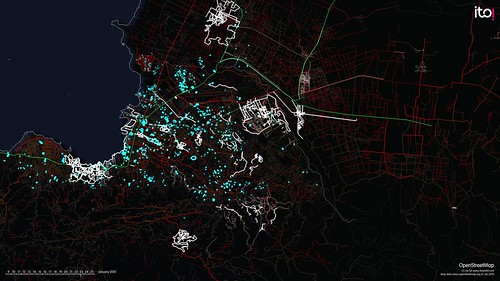
This article was originally published on The Conversation on 27 June 2017.
Every year disasters take lives, cause significant damage, inhibit development and contribute to conflict and forced migration. Unfortunately, the trend is an upward one.
In May 2017, policy-makers and disaster management experts from over 180 countries gathered in Cancun, Mexico, to discuss ways to counter this trend.
In the middle of the Cancun summit, news arrived that large parts of Sri Lanka were devastated by floods and landslides, killing at least 150 and displacing almost half a million people.


